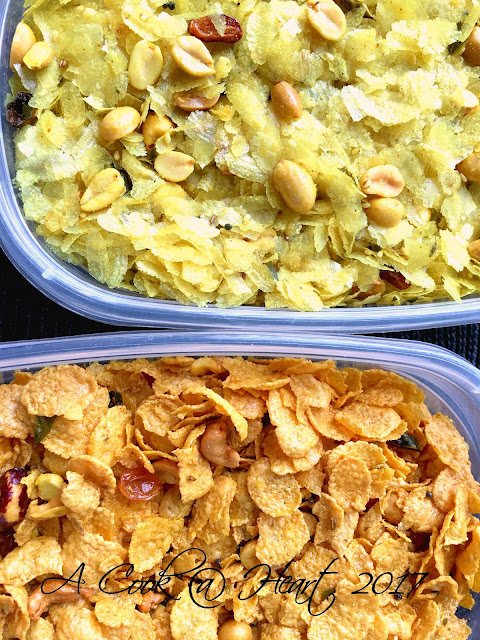Many years ago, a cousin told me about MTR Puliogare powder and raved about it. We got a packet and used it and liked it. It was a novelty for us, the tangy taste was unlike any we had tasted before.
The powder was also very convenient to have on hand.
I used to work in shifts, I would come home at all odd hours and sometimes, starving. When the work load was heavy, we would miss meals to cover up the workload.
On those days I would come home, in the middle of the night, hungry and dead tired. My parents would be fast asleep and I did not want to wake them, I would quietly go to the kitchen and make myself some Puliogare rice with the left over rice my Mother would keep for me.
After marriage, M introduced me to a particular brand (I forgot the name) that came in a bottle in the paste form, which was better then MTR and we would enjoy mixing it with plain rice.
When we moved to the USA, we switched back to MTR. We tried other brands (paste) but did not like any.
I searched for a recipe on other blogs.
I found and tried some recipes but nothing clicked. The process was also tedious.
I dropped the idea for a while and went back to store brought mix.
And then, I saw a recipe which made the whole process simple, made using the Electric Pressure Cooker / Instant Pot.
This solved my problem of baby sitting the whole thing.
I used the timings as specified by a FB user Lavanya but modified the spice proportions to my taste.
 |
| Spices to be powdered and added to the pulp |
To make the spice powder you need:
1/4 cup Coriander Seeds
1/4 cup Chana Daal
1 tsp. Fenugreek seeds
1/4 cup Sesame seeds
8-10 Dry Red chilies ( I used Byadgi variety)
Few curry leaves ( I used about 2- 3 sprigs)
Dry roast each item separately until the dals are golden brown and the chilies and curry leaves are dry and crisp.
This can be done in the EPC/ IP as well on saute mode. But I used my stove top for this.
Cool completely and grind to a fine powder. I used my coffee mill for this.
To make the Pullikachal / Puliogare paste you need:
One small packet of Tamarind (easily available in any Indian store)
Gingelly (sesame) Oil
1 tbs Mustard Seeds
3-4 Dry Red Chilies ( I used Byadgi)
Few curry leaves
1 tbsp chana Daal
1 tbsp Urad daal
1 tsp Turmeric powder
1/4 cup Peanuts
1/4 cup Cashew nuts (optional, but I like them)
Salt to taste
1 tsp Asafetida powder
2 tsp Jaggery crumbled ( this is my choice, the original recipe does not call for it)
Soak the tamarind in warm water and squeeze out the pulp. Discard the solids.
Start the EPC/ IP on Sear / saute Mode.
Add Gingelly oil, generously. I added as much as needed to make a thin layer covering the entire surface of the cooker inner pot.
Once the oil heats up add the urad daal and chana daal and mustard seeds .
As they pop add the daals turn golden brown, add the (raw) peanuts and saute till golden. If you use roasted peanuts add cashew pieces along with the peanuts. Add the curry leaves, red chilies. Saute till the oil has coated all the spices.
Add the tamarind pulp and mix everything well.
Cancel the Sear Mode at this point.
Switch to Slow Cook mode and set it for 3 hours. Close the lid and leave the 'whistle' on Vent mode.
Forget about it for 1 hour and 45 mins.
After that time, open the lid and you will see the liquid has reduced by half or more.
Now add in the turmeric powder, salt and the ground spice powder. Mix well to incorporate the spice powder very well with the tamarind. If you opt to add jaggery, add it now.
Close the lid again and let it slow cook for the remaining time on the timer.
At the end of the cooking time the oil will separate from the mixture.
Puliogare /Pullikachal is ready.
To make Tamarind Rice:
Add a dollop of the Puliogare / Pulikachal paste to cooked and cooled rice. This depends on your taste buds, adjust the spoonful to how strong you want to make it.
Mix it well and serve.
As simple as that!
This is a life saver on Monday mornings, I can tell you.
Notes:
- Do not skimp the oil
- Use Gingelly / sesame oil, it imparts a special flavor
- Store the Pulikachal paste in a dry airtight container
- Use a dry spoon every time you make Tamarind rice
- The addition of jaggery is my choice, just to balance out the extreme tartness.
- Unconventional as it is, I had also added 2 tbsp. Sambar Podi to this mix, when I made a fresh batch.




































